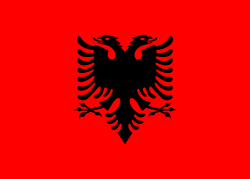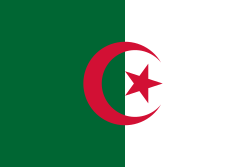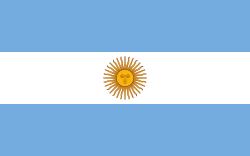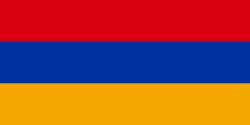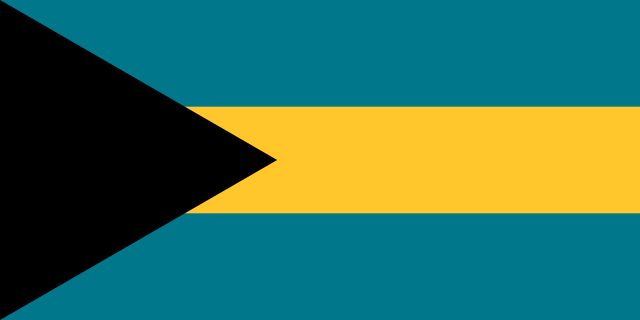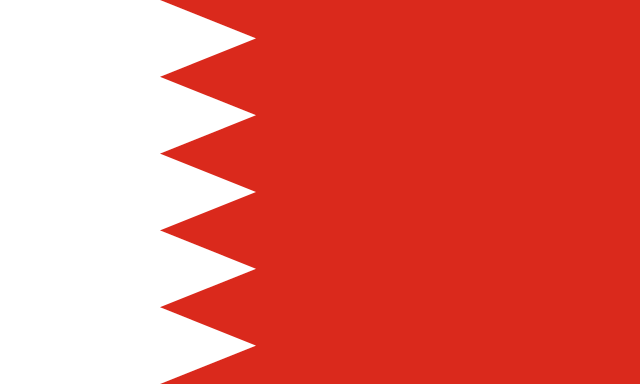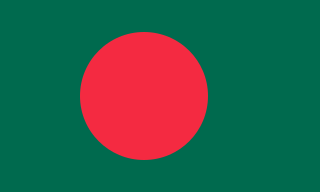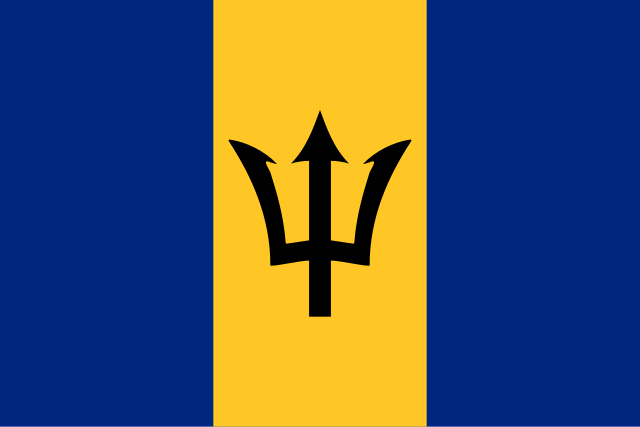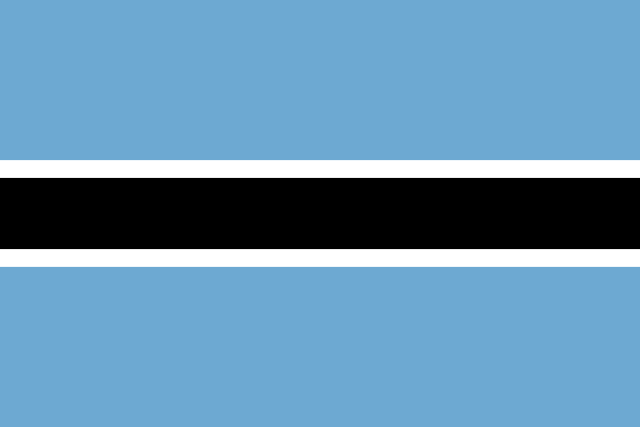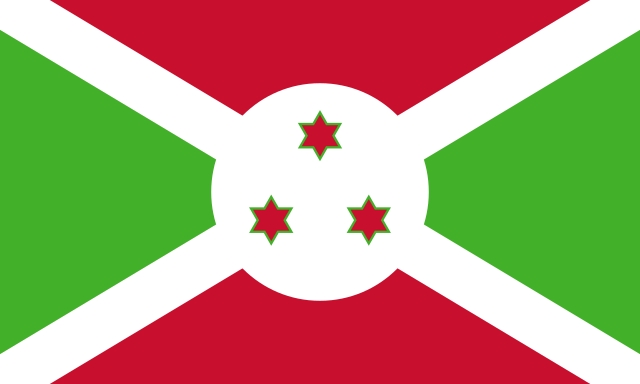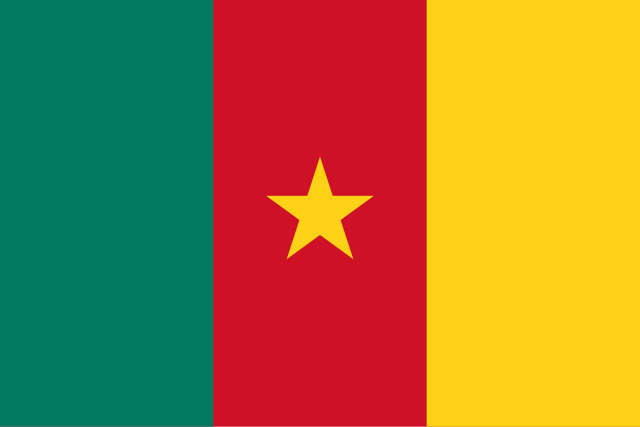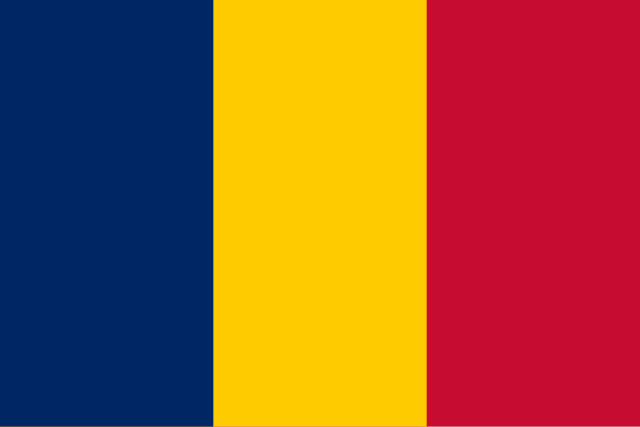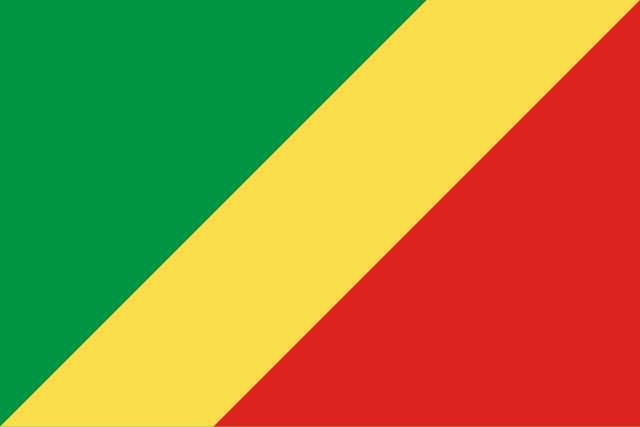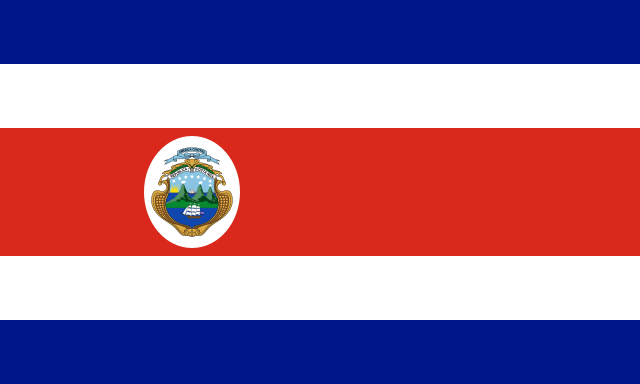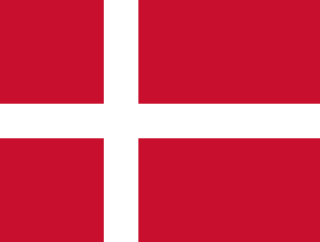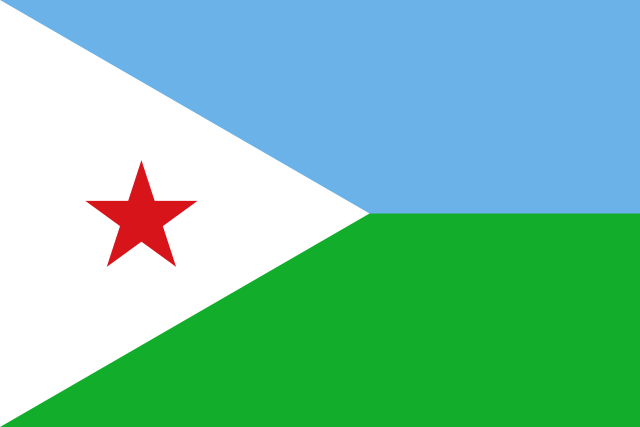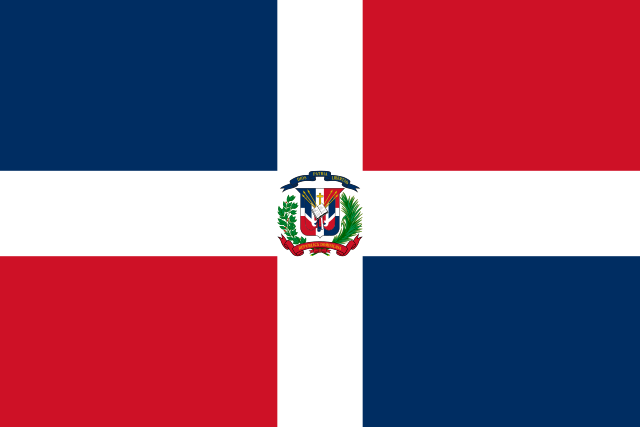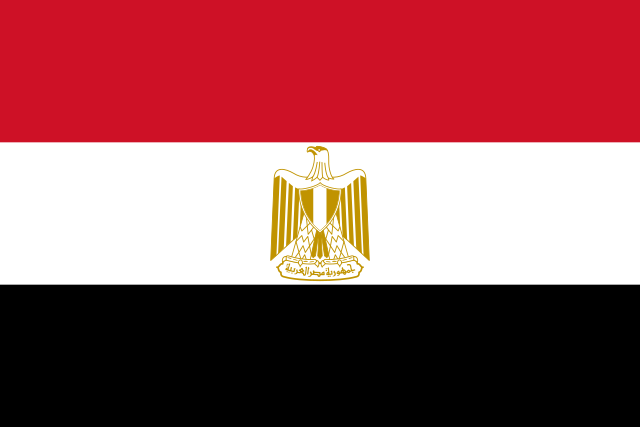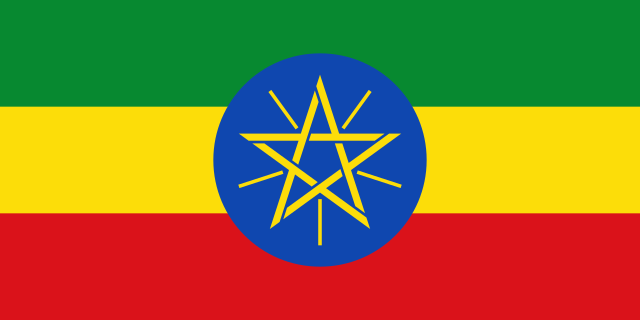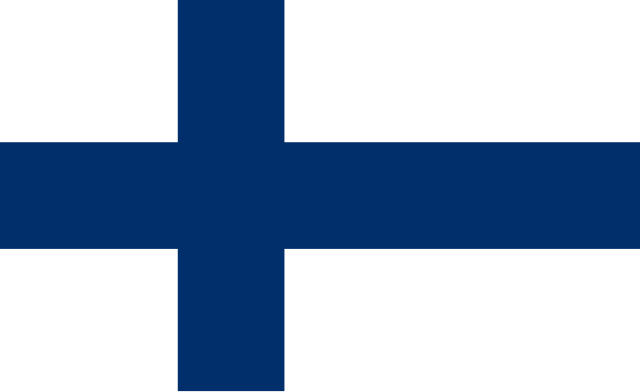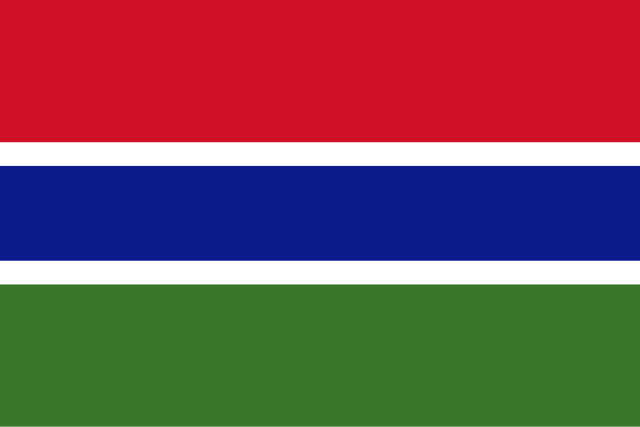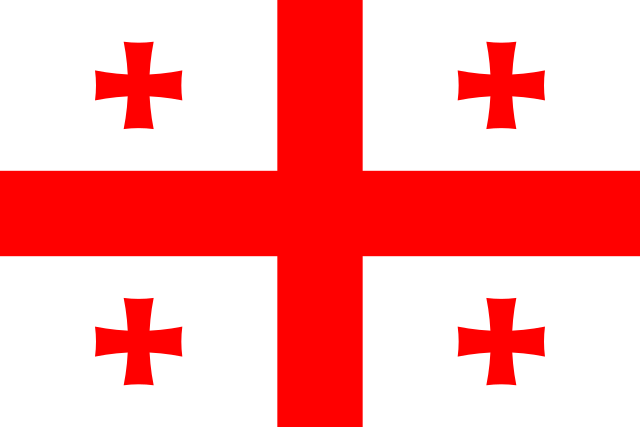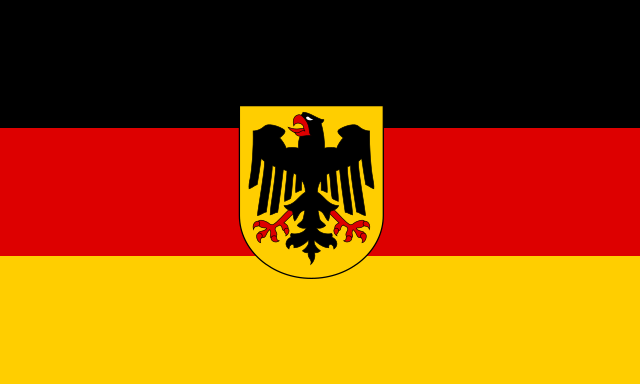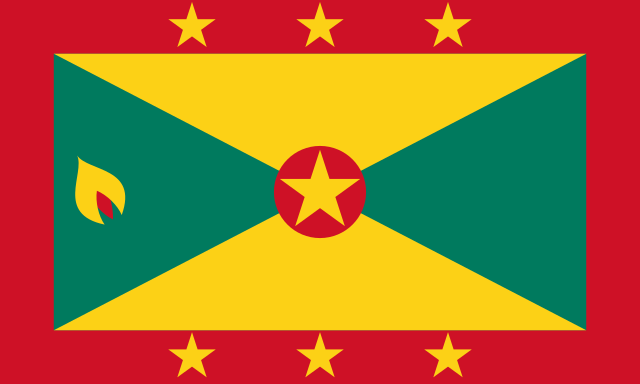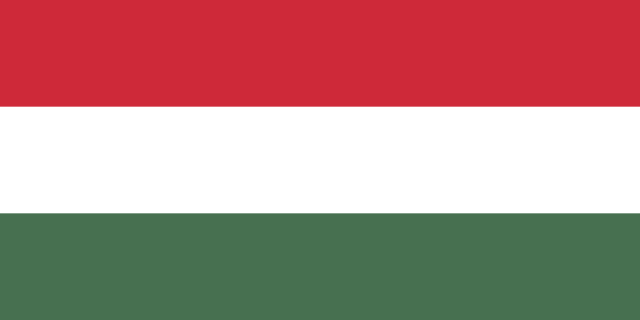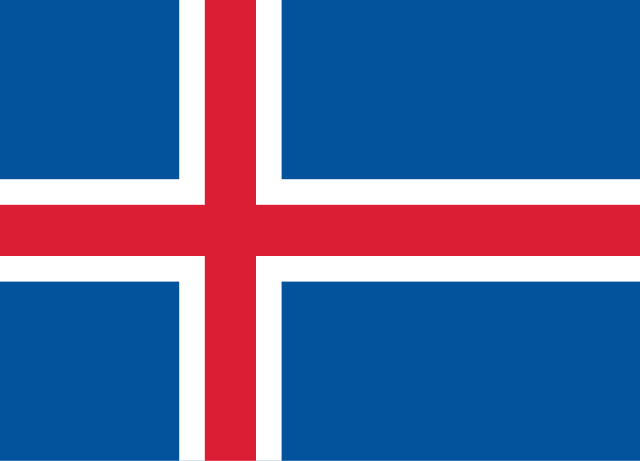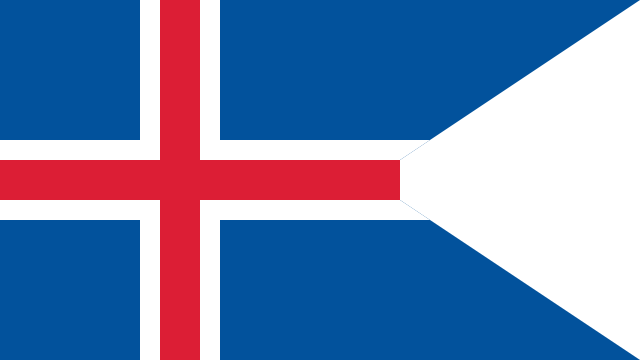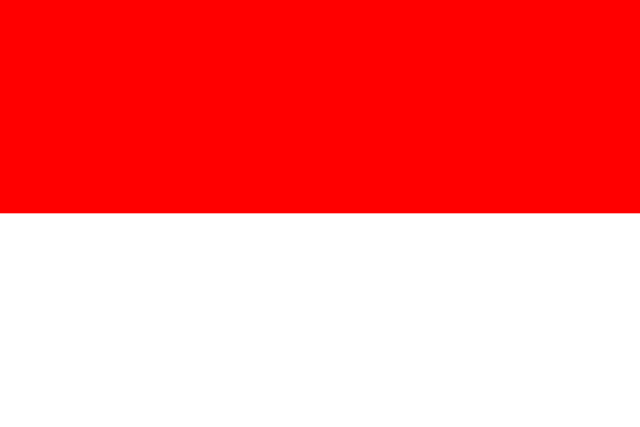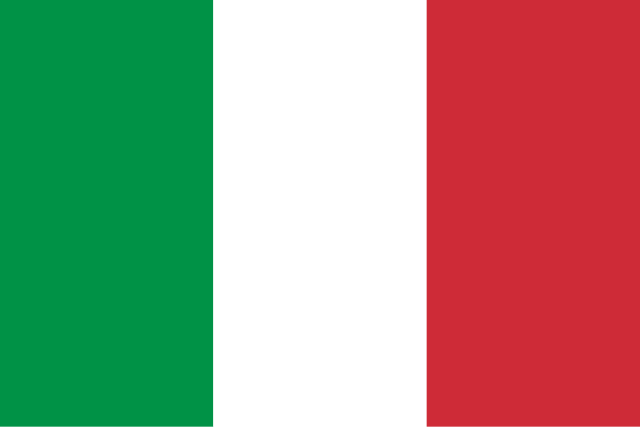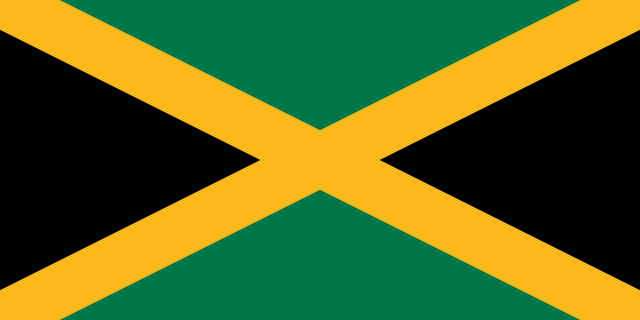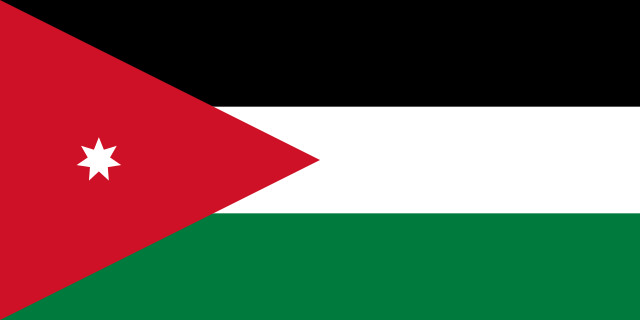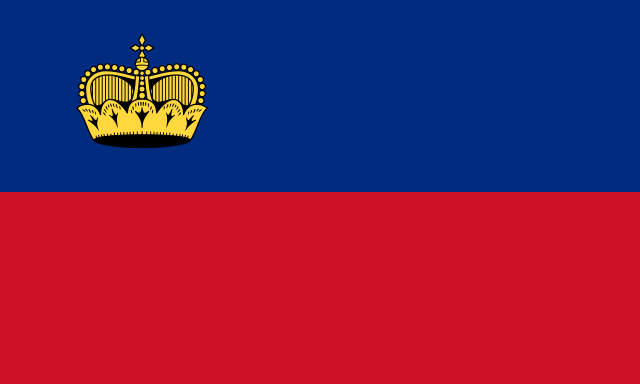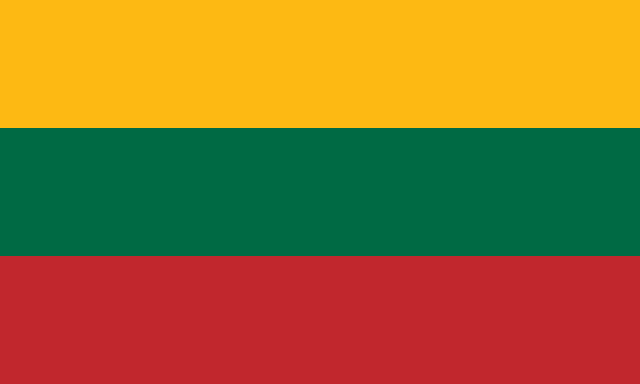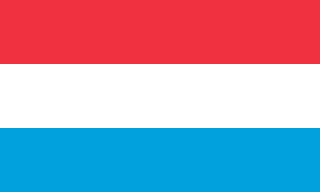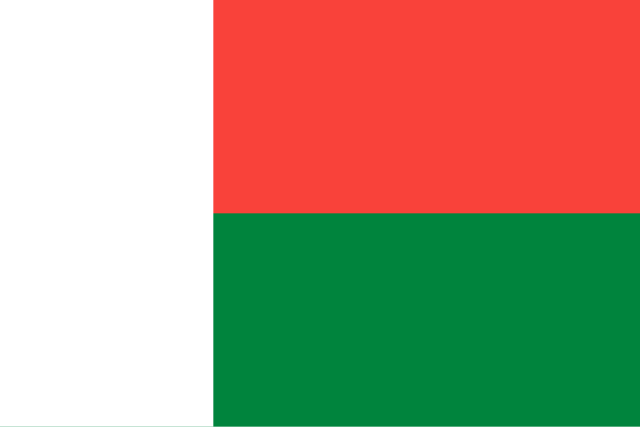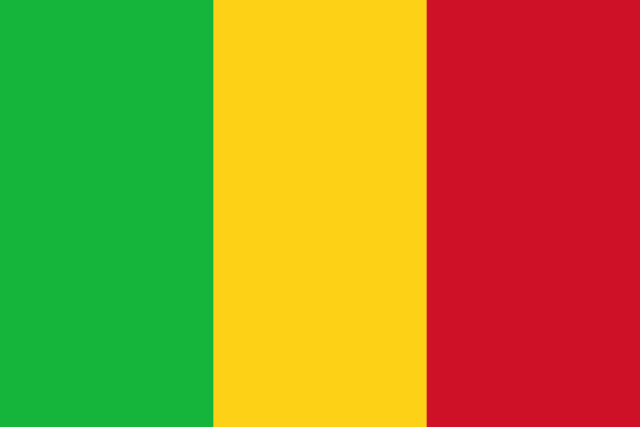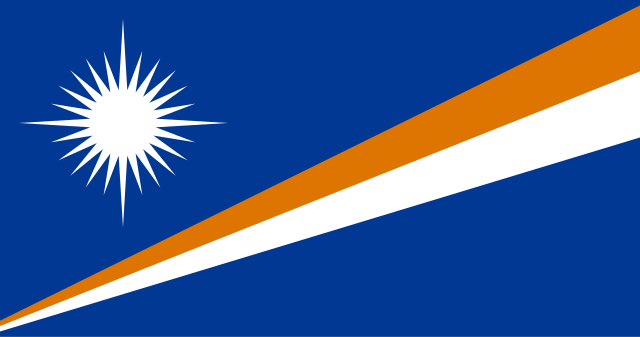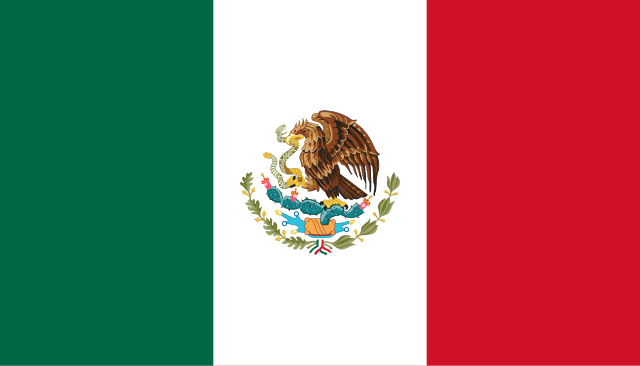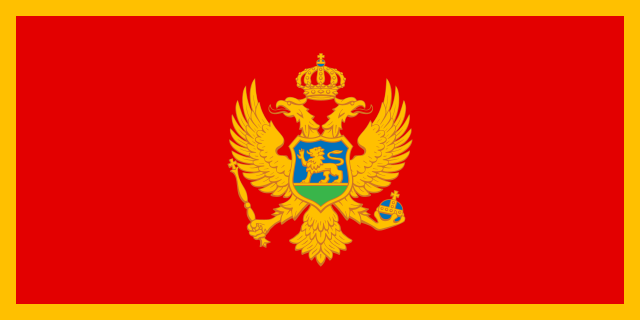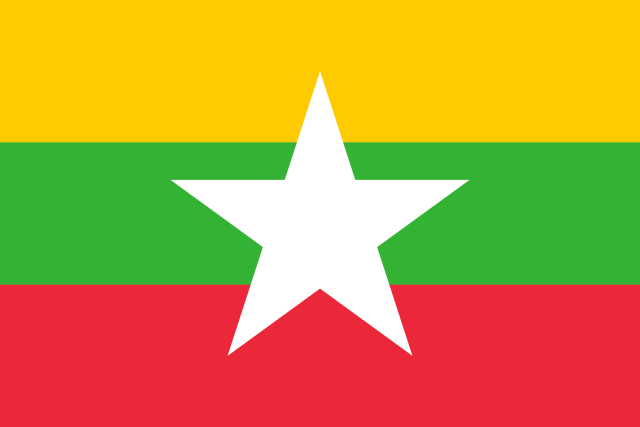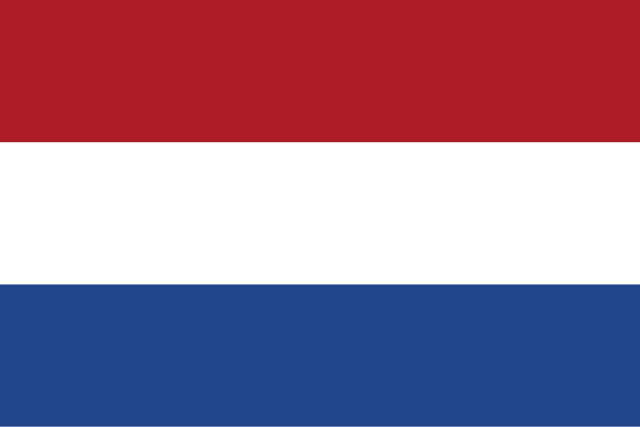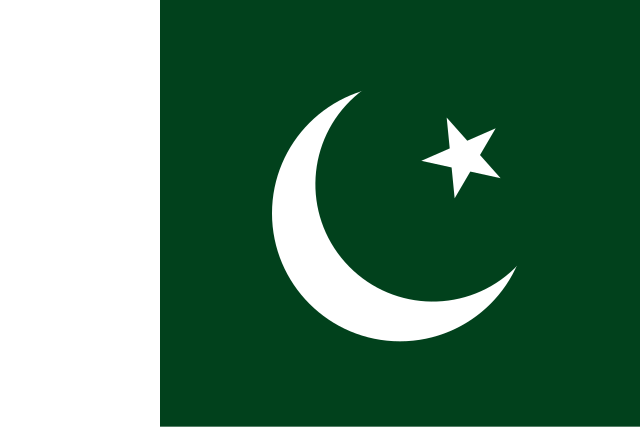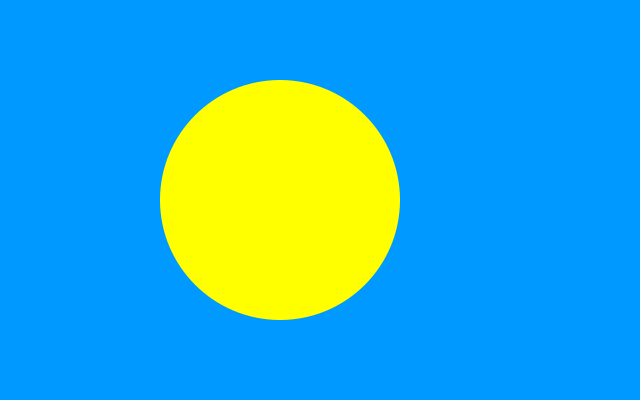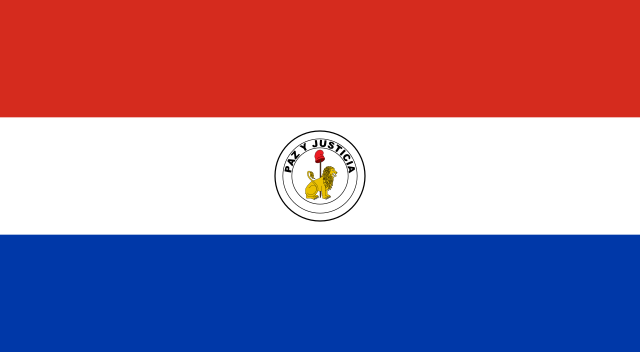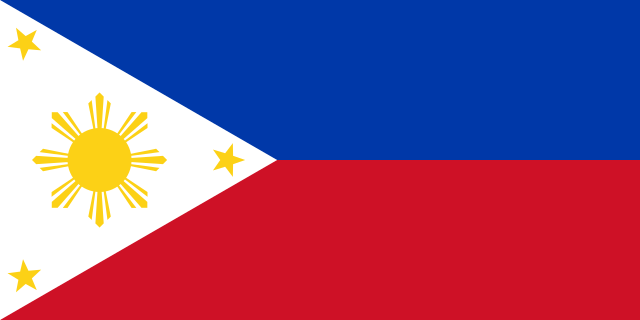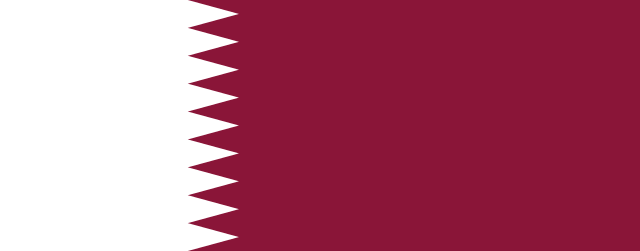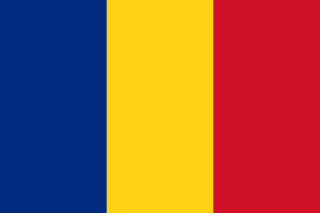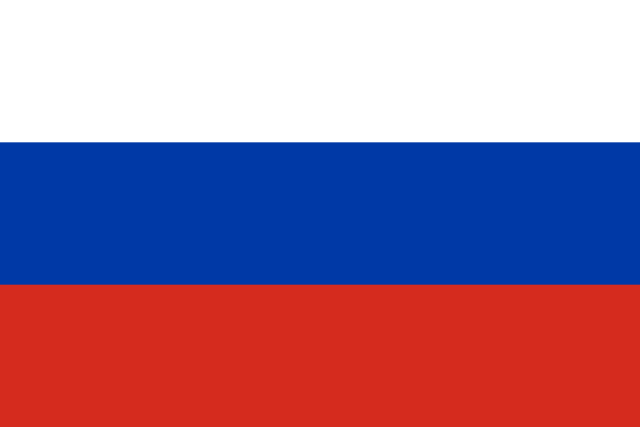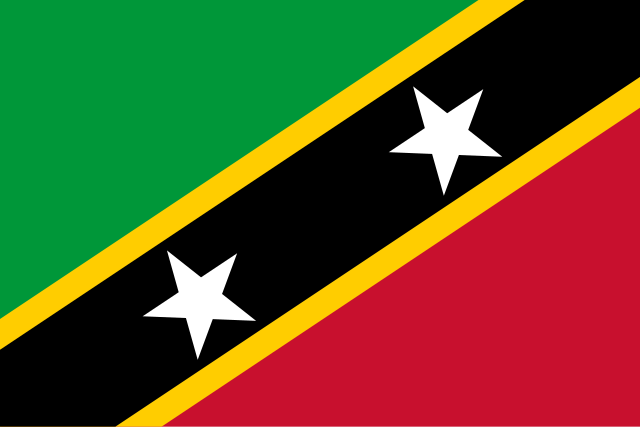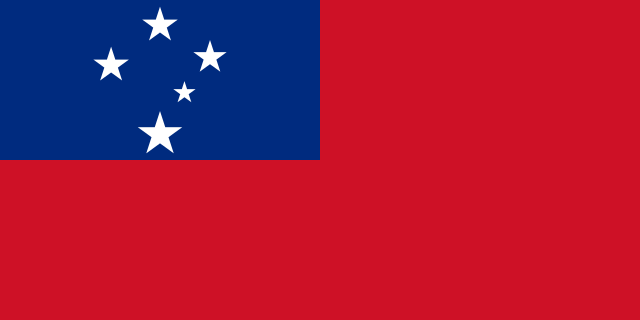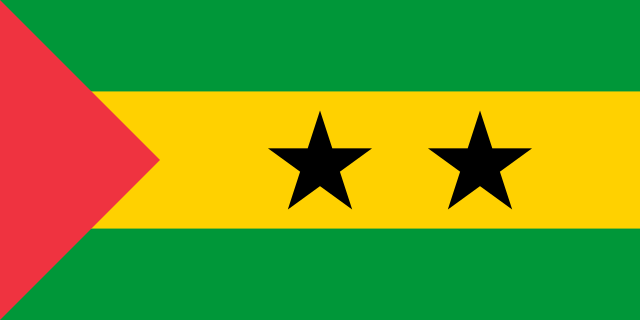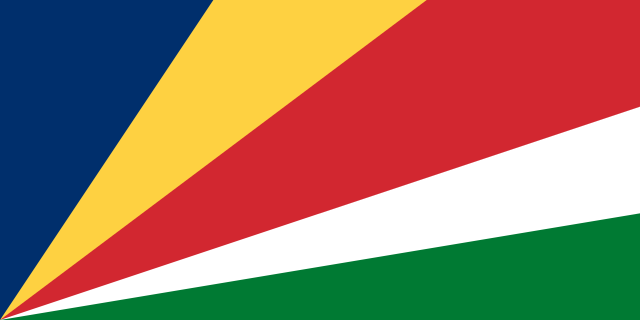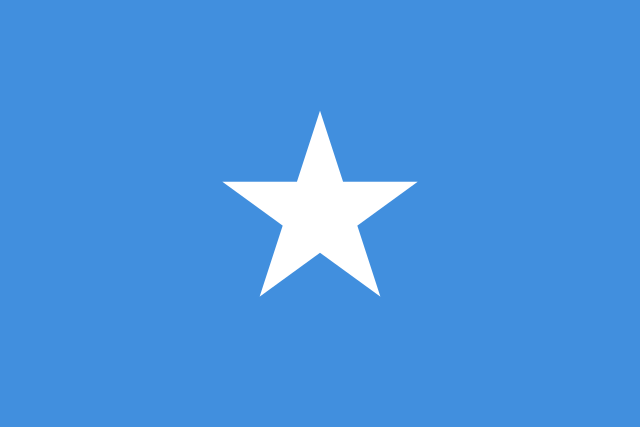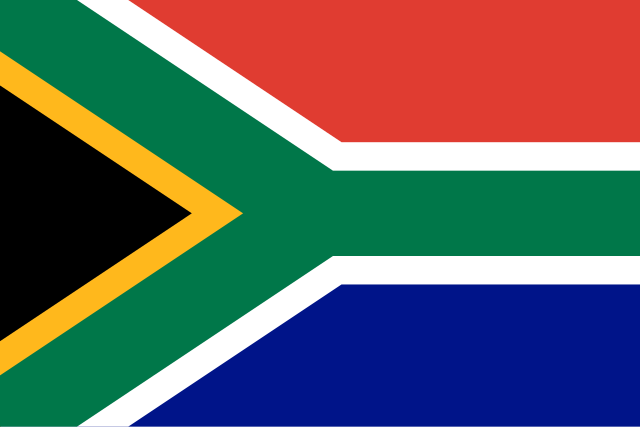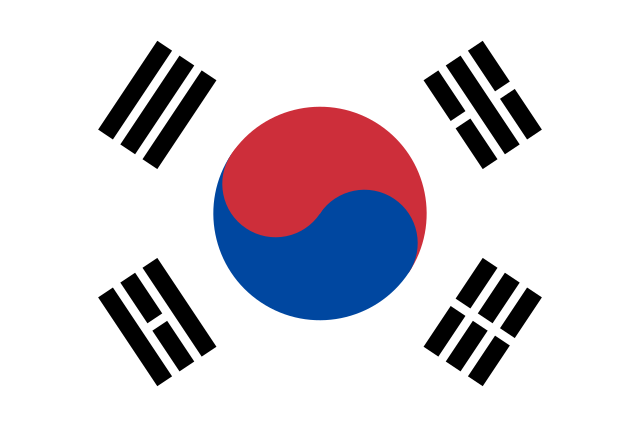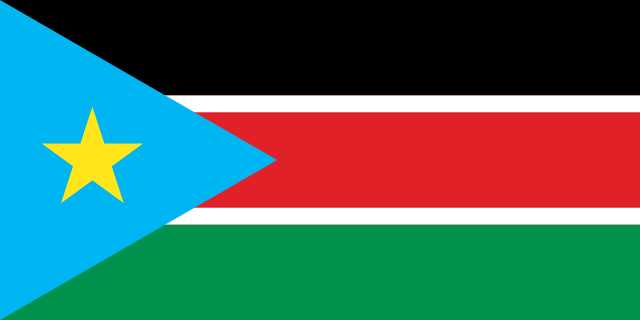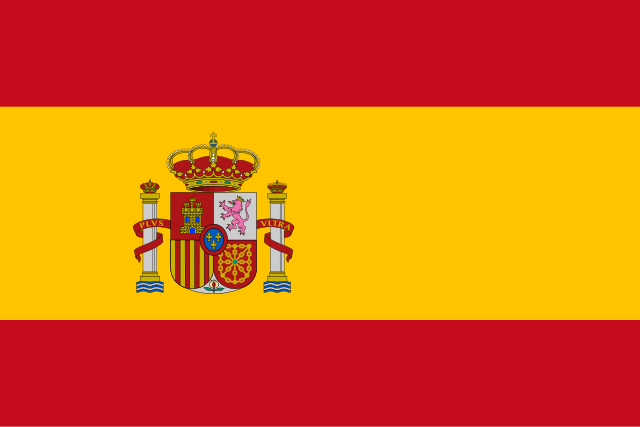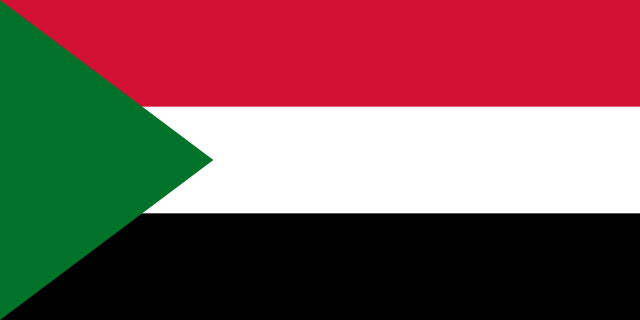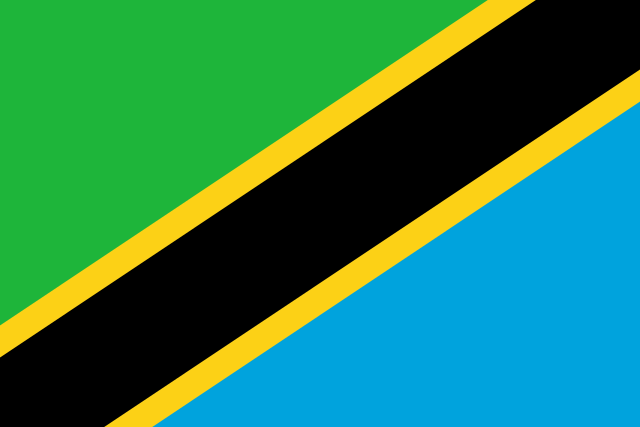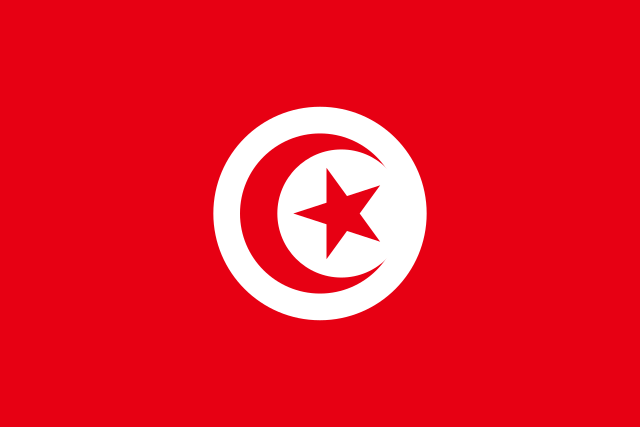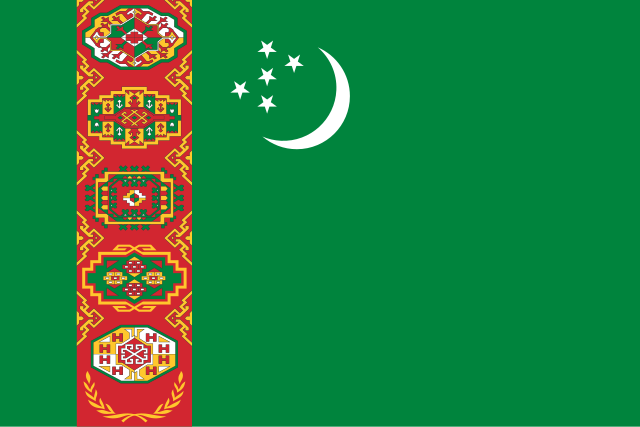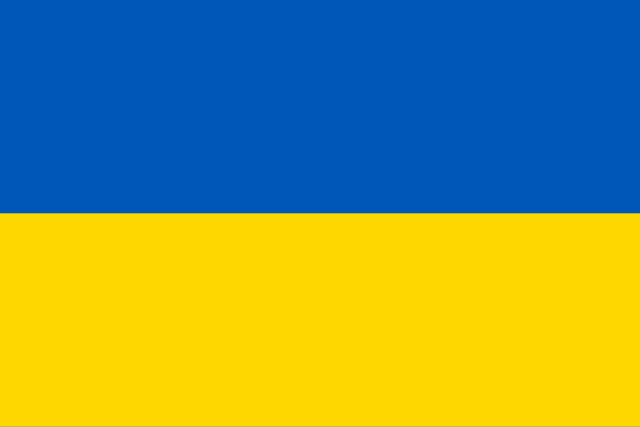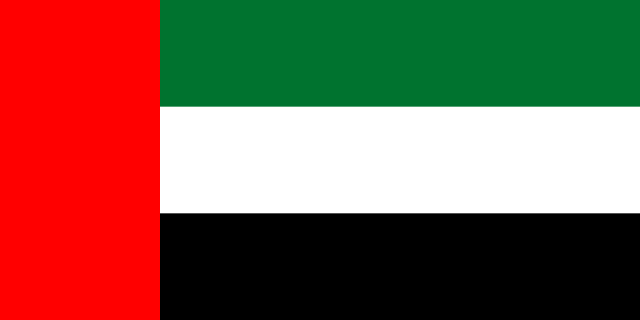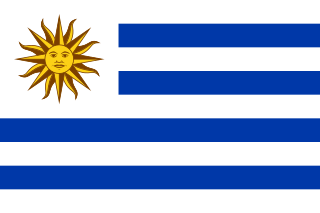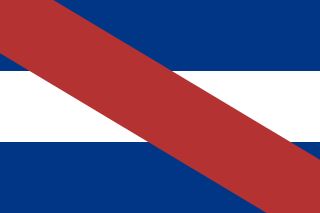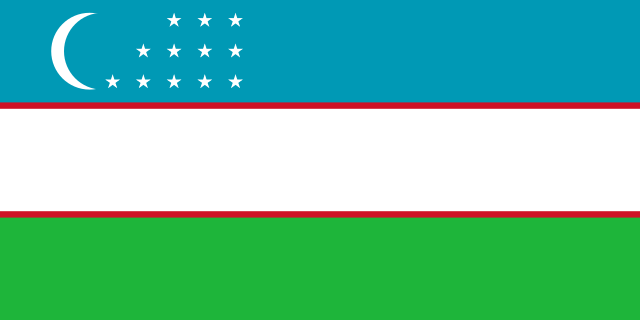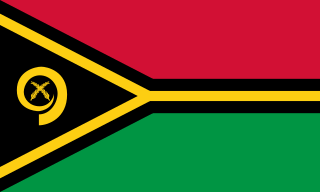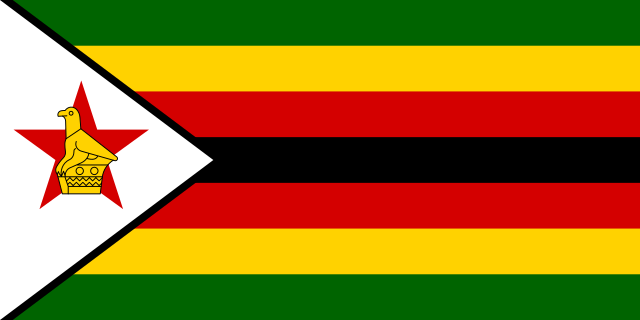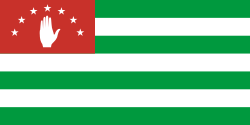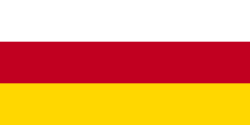Top Qs
Timeline
Chat
Perspective
List of national flags of sovereign states
From Wikipedia, the free encyclopedia
Remove ads
All 193 member states and 2 General Assembly non-member observer states of the United Nations, in addition to several de facto states, represent themselves with national flags. National flags generally contain symbolism of their respective state and serve as an emblem which distinguishes themselves from other states in international politics. National flags are adopted by governments to strengthen national bonds and legitimate formal authority. Such flags may contain symbolic elements of their peoples, militaries, territories, rulers, and dynasties. The flag of Denmark is the oldest flag still in current use as it has been recognized as a national symbol since the 13th century.
Remove ads
Background and definitions
Summarize
Perspective
According to the Collins English Dictionary, a national flag is "a flag that represents or is an emblem of a country".[1] The word country can be used to refer to a nation-state or sovereign state, sometimes also called an independent state, though a country may also be a sub-division of a sovereign state, such as with the United Kingdom consisting of a union of four countries or nations — specifically two kingdoms (the countries of England and Scotland), a principality (the country of Wales), and a province (Northern Ireland).[2] It is customary in international law that nation-states adopt a flag to distinguish themselves from other states.[3]
National flags are considered to "provide perhaps the strongest, clearest statement of national identity," and governments have used them to promote and create bonds within the country, motivate patriotism, honor the efforts of citizens, and legitimate formal authority.[4] Throughout history, elements within flags have been used to symbolize rulers, dynasties, territories, militaries, and peoples of their respective countries.[5] Flags also conceptually represent a country's core values, such as group membership and love for the country.[6] In 1975, American vexillologist Whitney Smith stated thus regarding the role of flags in society:[7][8][9]
So strong is the tradition of flags, we may not be far from the truth in surmising that there is a law – not of nature, but of human society – which impels man to make and use flags. There is perhaps no more striking demonstration of this than the fact that, despite the absence of any international regulation or treaty requiring of a national flag, without exception every country has adopted at least one.
— Whitney Smith, Flags Through the Ages and Across the World, p. 32
According to the Oxford English Dictionary, a sovereign state is "a state or nation with a defined territory and a permanent population, which administers its own government, and which is recognized as not subject to or dependent upon another power."[10] The amount of sovereign states in the world is generally derived from the number of member states of the United Nations (UN), although non-member states do exist,[11] with such states being called de facto states.[12] As of 2024, the UN currently includes 193 member states and 2 permanent observer states: Palestine and Vatican City.[13][14] De facto states include Northern Cyprus,[15] Abkhazia,[16] South Ossetia,[17] Transnistria,[18] Kosovo,[19] the Sahrawi Republic,[20] Somaliland,[21] and Taiwan.[12]
The oldest flag of a sovereign state which is currently in use is the flag of Denmark, which has been recognized as a national symbol of the country since the 13th century, although the current version was officially adopted in 1867.[22][23] All 193 member states and 2 observer states are represented by their respective flags at the Headquarters of the United Nations in New York City.[24]
Remove ads
Flags of UN member states and General Assembly non-member observer states
— No data
Remove ads
Flags of de facto states
Remove ads
See also
- Vexillology
- Vexillological symbol
- Glossary of vexillology
- Civil flag
- Ensign (flag)
- Ethnic flag
- Flag families
- Maritime flag
- National flag
- National coat of arms
- National emblem
- National seal
- National symbol
- State flag
- Galleries and lists:
- Flags of Europe
- Gallery of sovereign state flags
- Gallery of flags of dependent territories
- Lists of flags
- List of flags by design
- List of national flags by design
- List of Japanese flags
- List of United Kingdom flags
- List of Antarctic flags
- List of flags by color combination
- List of sovereign states by date of current flag adoption
- Timeline of national flags
- Gallery pages of flags of country subdivisions
Remove ads
Notes
- This refers to the date on which the most recent law or proclamation relating to the design of a flag was established by the government of a sovereign state post-independence, or the date of independence if the flag was legally adopted by a prenational government and retained on independence, but was never modified afterwards.
- The ruling Islamic Emirate of Afghanistan is mostly unrecognized. Therefore, the flag of the defunct Islamic Republic of Afghanistan continues to be used in some contexts, mostly outside Afghanistan.[25][26]
 Media related to Emblem of Afghanistan (2004–2021) at Wikimedia Commons
Media related to Emblem of Afghanistan (2004–2021) at Wikimedia Commons- The designer of the flag is disputed between Émilie Busquant and Chawki Mostefaï.
- Also known as the Australian National Flag
- The current flag is an adaptation of the original Soviet design by Mikhail Gusyev
- Sources contradict as to the designer of the flag. The following have been given as the flag's designer:
- Bernardo O'Higgins and José Ignacio Zenteno
- José Ignacio Zenteno (sole credit)
- Carlos Wood
- Gauthier designed the previous version of the flag, which the current one is based on.
- Denmark as a sovereign state is represented by the flag of Metropolitan Denmark, which excludes the Faroe Islands and Greenland.
- When used as an ensign, the ratio is 1:2.
- The design adopted by the government was based on the proposal of Aycinena y Piñol and other members of the Aycinena Clan
- When used as an ensign, the ratio is 1:2.
- According to an apocryphal story, Catherine Flon is also credited.
- Between 1955 and 2022, the Honduran government erroneously used a design with a navy blue color instead of the specified turquoise blue. With the inauguration of president Xiomara Castro, the correct colors were restored.
- Between March and July 1958, Jordan and Iraq merged into the Arab Federation which bore a similar flag to that of Jordan, albeit without the star. Nevertheless, the flag of Jordan itself is considered to "have not changed since its independence."
- Although 3:5 is generally used, 1:2 is also accepted.
- It has been claimed French general Hubert Lyautey personally designed the flag, however he only played a minor role in the process of its adoption. The design for the flag only emerged through negotiations between the French administration and the Makhzen.
- Ratios of 1:2 and 5:9 are sometimes used.
- Either Manuel Amador Guerrero or his son Manuel Encarnacíon Guerrero. Some have also suggested the former's wife María de la Ossa de Amador, although this is considered unlikely.
- The decree of July 2013 specifies a proportion of "1:0.55" for the "larger and smaller dimensions" respectively.
- With help from Marcela Agoncillo, her daughter Lorenza, and Delfina Herbosa de Natividad
- Deputy Prime Minister Toh designed the flag with two civil servants.
- Solomonese artist Thomas Giosa claimed to have submitted the winning design in a competition in 1975, however an unnamed New Zealand visual artist also claimed ownership of the design.
- Following the Fall of Damascus in December 2024, the official flag of Syria used by the de facto Syrian transitional government differs from the flag used by the ousted Ba'athist government.[791]
- Habibullaev led a committee to design the national flag.
- 3:5 aspect ratio is a valid alternative
- Robert Heft has claimed, and has been credited by some sources, as the designer of the 50-star flag. However, this has been thoroughly disputed by Slate writer Alec Nevala-Lee who has instead suggested William R. Furlong as the flag's true designer.
- The designer of the flag is disputed between Nguyễn Hữu Tiến and Lê Quang Sô.
- According to an April 2017 law passed by the Supreme Council, the national flag of Russia is co-officially the national flag of Transnistria.
- The aspect ratio differs from the flag adopted by Russia, which is 3:2.
- See the entry for Russia for further references.
Remove ads
References
Further reading
Wikiwand - on
Seamless Wikipedia browsing. On steroids.
Remove ads



